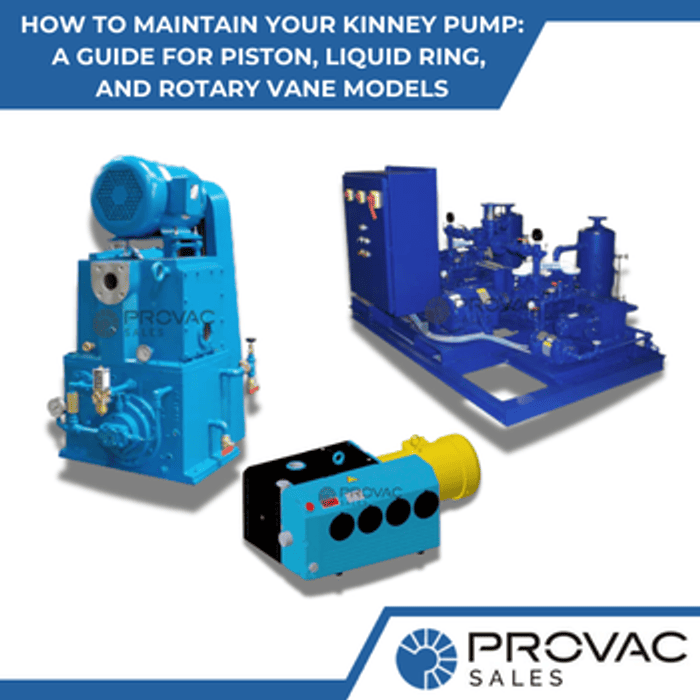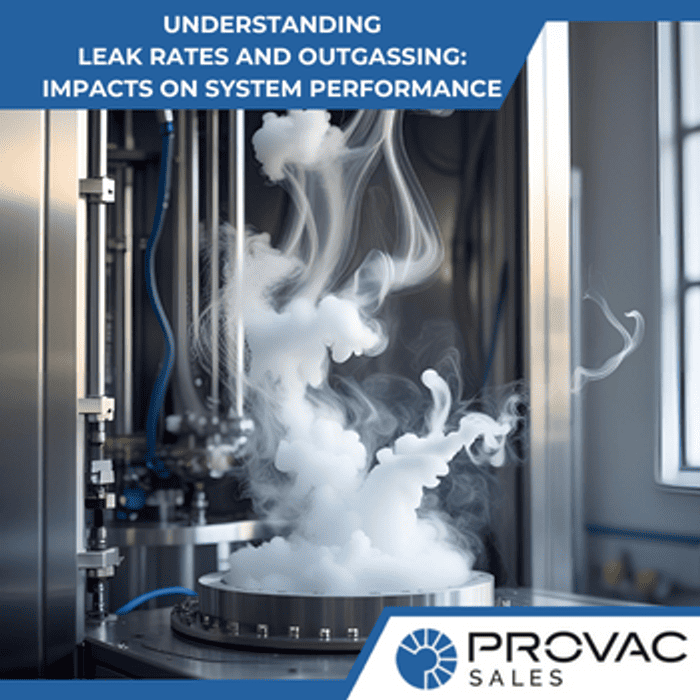Deaeration is a critical step in the processing of mineral water for beverage production. The process involves removing gases, including oxygen and carbon dioxide, from the mineral water prior to bottling it. This helps ensure that the product will only contain the appropriate minerals and aromas, as well as other ingredients added during the beverage-making process.
Additionally, removing unwanted gases from the water helps increase the shelf life. In most cases, deaeration (also known as saturation) occurs naturally through an aerated three-step process involving heating at high temperatures, combined with pressure equalization and vacuum systems to extract residual dissolved solids. This removes air bubbles and creates a smooth, homogeneous mineral water that does not compromise taste or quality.
Steps in deaeration of mineral water
1. Heating at high temperature
High-temperature heating is an effective way to remove oxygen and other gases from the water before it is used for drinking purposes. By heating the water up to its boiling point, air bubbles form dissolved gases, such as oxygen. The bubbles can then rise to the surface and be eliminated without affecting the purity of the water. Additionally, high-temperature heating helps to kill microorganisms and keep them from recontaminating the water during storage and handling. The result is mineral water that is safe for consumption and that has all of its essential nutritional values intact. High-temperature heating is therefore an important step for any beverage production facility that wants to offer clean, healthy drinks to its customers.
2. Pressure equalization
Pressure equalization is another stage that helps in the deaeration of mineral water for beverage production. It works by introducing inert gas into the water to reduce the concentration of dissolved oxygen molecules. This reduces the surface tension within the liquid, allowing more air bubbles to form and escape. In addition, pressure equalization helps to distribute air that can become trapped in tiny pockets throughout the entire solution, which further facilitates deaeration. On a larger scale, pressure equalization also improves overall agitation efficiency compared to other methods such as bubbling and sparging, thereby improving product consistency. As such, pressure equalization is a reliable and effective technique for effectively removing all unwanted gases from mineral water so that high-quality beverages can be produced.
3. Vacuum systems
Deaeration helps to reduce the level of dissolved gasses in the mineral water. Dissolved gas not only affects the taste and smell of the end product, but it can also cause oxidation in some beverages, leading to a decrease in shelf life. Fortunately, vacuum systems can provide an effective solution for deaerating mineral water.
Vacuum systems use a combination of reduced pressure and belt filters to physically remove oxygen, nitrogen, and other dissolved gases from mineral water. By using this process, beverage producers can achieve deaeration levels far lower than would be achievable using standard air-stripping methods.
Furthermore, combined with automated controls and sophisticated control algorithms, vacuum systems are also capable of delivering consistent performance over long intervals so that further adjustments are rarely required. When used for deaeration purposes, vacuum systems provide a robust, reliable solution for removing potentially damaging dissolved gasses from mineral water.
Benefits of deaerating mineral water for beverage production
The beverage production industry has long sought methods to ensure the highest quality and safest products for consumers, and deaerating mineral water is one such innovative technique. Many notable benefits can be achieved when this method is used to purify mineral water for beverage production. Deaeration:
- Helps to reduce foaming when mixing ingredients, which improves the consistency of products
- Helps to preserve flavor by reducing off-tastes from carbon dioxide and oxygen present in non-deaerated liquids
- Eliminates bacteria growth resulting from high oxygen levels in the water
- Reduces the blockages in the filters caused by suspended solids in unaerated water. Thus, deaerating mineral water before utilizing it during beverage production provides a variety of benefits that protect both the product quality and consumer health
Deaeration is an essential step in the beverage production process. Thanks to modern technology such as advanced vacuum technology, this process can be easily automated and achieved with minimal impact on resources or costs. Taking advantage of this technology should always be considered essential wherever applicable; even more so when dealing with certain types of beverages due to their particularly sensitive nature. Every manufacturer that aims to provide high-quality beverages to its customers should invest in deaeration technology to boost the overall quality of their products.





